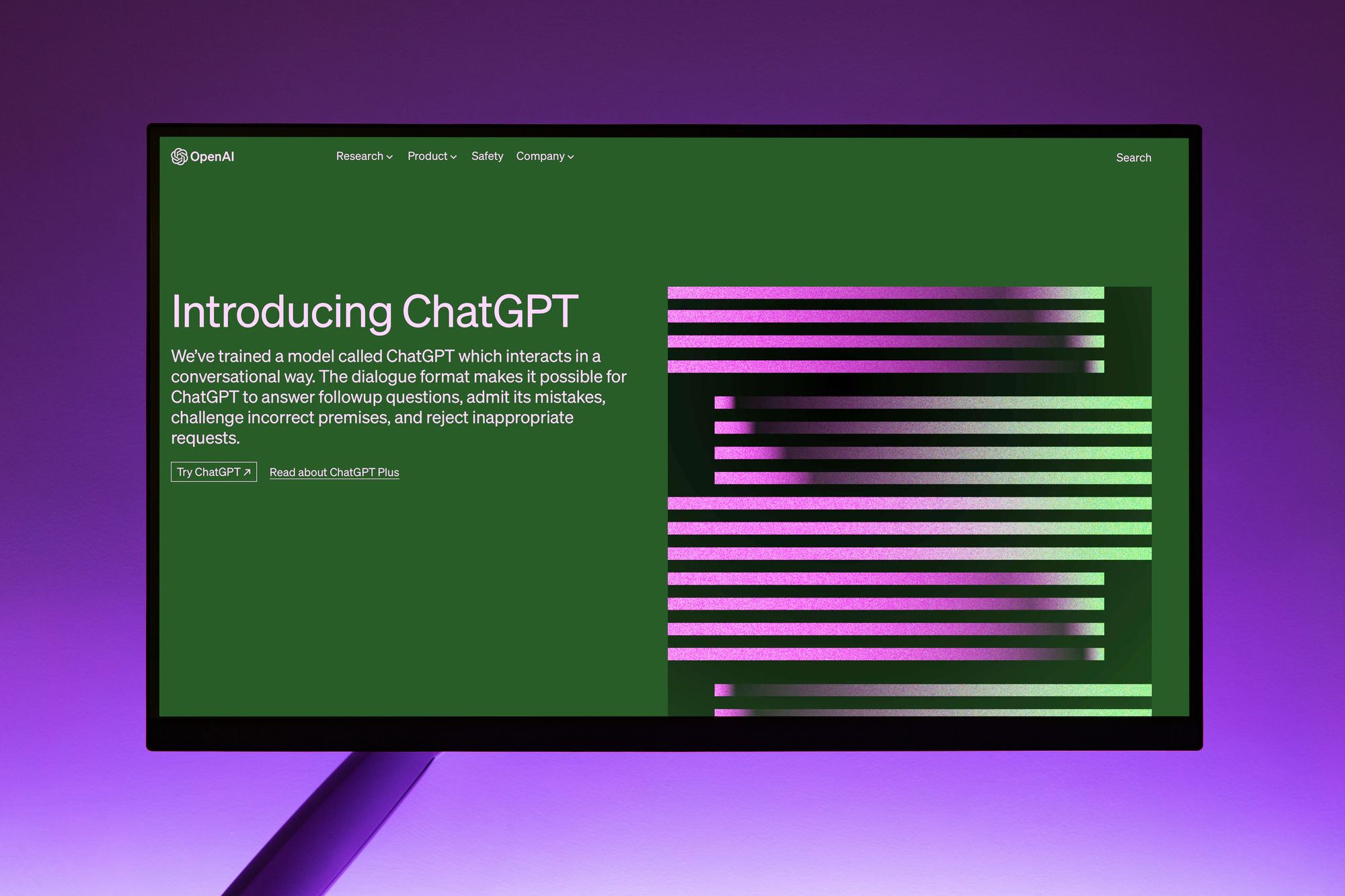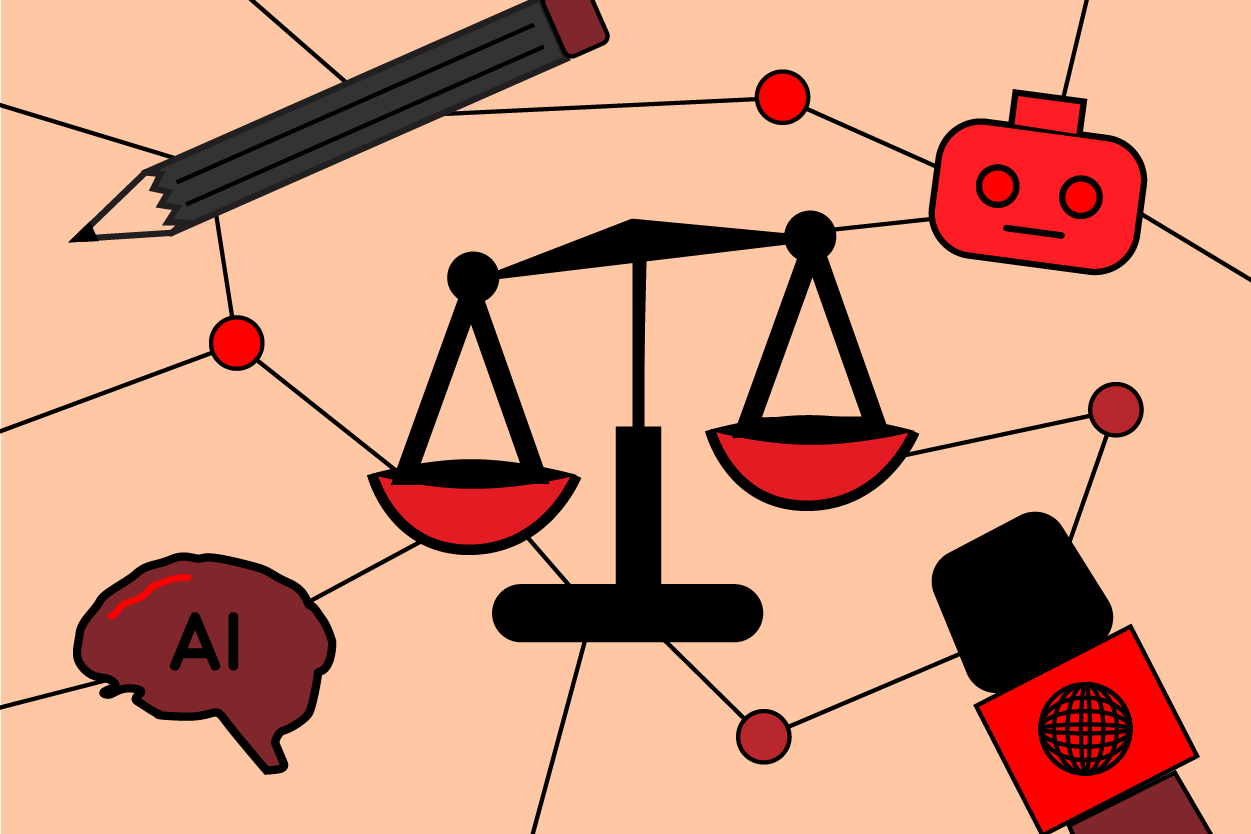The rapid advancements in artificial intelligence (AI) technologies have already begun to reshape the landscape of journalism, offering new opportunities and challenges for newsrooms around the world. As we look to the future, it is clear that AI will continue to play an increasingly significant role in the way news is gathered, produced, and consumed. In this final installment of our series on "The AI Newsroom Revolution," we will explore the ongoing research and development in the field, discuss potential AI-driven innovations in journalism, and consider how newsrooms can best prepare for an AI-driven future.
Ongoing research and development
The development of AI in newsrooms is an ongoing process, with researchers and developers continually exploring new ways to utilize the technology. One area of ongoing research is natural language processing (NLP), which allows AI to understand and interpret human language. This technology is already being used to generate news stories, and as NLP continues to improve, we can expect to see more news stories created by AI.
Another area of research is automated fact-checking, which uses machine learning algorithms to analyze news stories and identify false or misleading information. This technology has the potential to greatly reduce the spread of fake news and increase the accuracy of news reporting.
AI is also being used to analyze data and generate insights for journalists. For example, machine learning algorithms can be used to analyze social media conversations and identify trends and patterns that journalists can use to inform their reporting.

Potential AI-driven innovations in journalism
AI has the potential to drive several innovations in journalism, including personalized news delivery, automated content creation, and augmented reality reporting.
Personalized news delivery involves using AI to tailor news stories to individual readers' interests and preferences. For example, an AI algorithm could analyze a reader's browsing history and social media activity to determine what types of stories they are most interested in, and then deliver personalized news content based on those interests.
Automated content creation involves using AI to generate news stories automatically. This technology is already being used by some news organizations to generate stories about financial earnings reports and sports scores. As NLP technology improves, we can expect to see more news stories generated by AI.
Augmented reality reporting involves using AI to enhance the way news stories are presented to readers. For example, an AI algorithm could analyze a news story and generate a 3D model or animation to help readers better understand the story's subject matter.

Preparing newsrooms for an AI-driven future
As AI continues to transform the way news is gathered and presented, newsrooms need to be prepared to adapt. This involves investing in AI technology and training journalists to work with AI tools.
Investing in AI technology involves not only purchasing AI software but also investing in the infrastructure needed to support it. This includes high-performance computing and cloud storage, which are necessary to support the large amounts of data that AI algorithms require.
Training journalists to work with AI tools involves not only teaching them how to use the technology but also helping them understand its limitations and potential biases. For example, an AI algorithm may be biased against certain types of people or viewpoints, and journalists need to be aware of this when using the technology.
In addition to investing in technology and training journalists, newsrooms also need to develop ethical guidelines for the use of AI. This includes ensuring that AI is used to augment journalism rather than replace it, and that the technology is used in a way that is fair and unbiased.
The future of AI in newsrooms is exciting and full of potential. From automating mundane tasks to generating news stories and enhancing the way news is presented to readers, AI has the potential to revolutionize the way we consume news. However, as with any new technology, there are also risks and challenges that need to be addressed. By investing in AI technology, training journalists to work with AI tools, and developing ethical guidelines for the use of AI, newsrooms can prepare for an AI-driven future and ensure that the technology is used in a way that benefits both journalists and the public.




